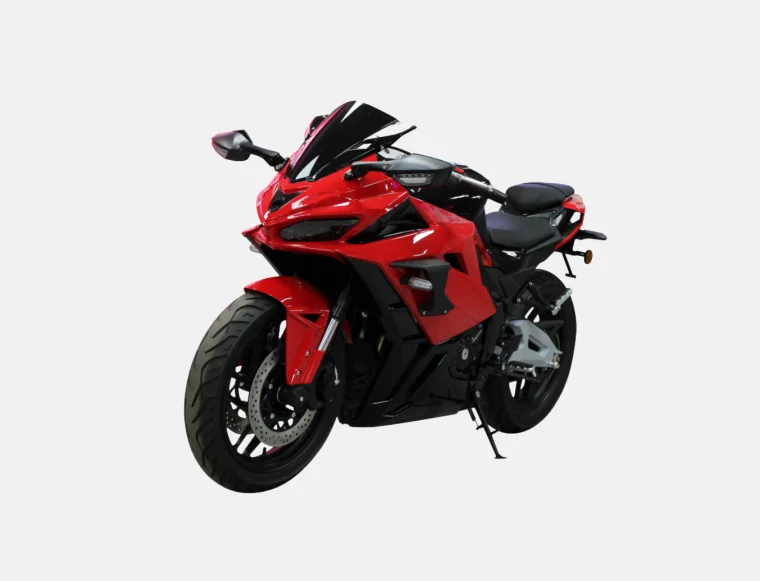When it comes to gym apparel, the right shirt can make a significant difference in your workout experience. The material of your gym shirt not only affects comfort and performance but also influences your overall motivation and results. In this comprehensive guide, we will explore the various materials available for gym shirts, their unique properties, and how to choose the best one for your fitness needs.
Understanding the Importance of Material
Before diving into specific materials, it’s essential to understand why the fabric of your gym shirt matters. During physical activity, your body generates heat and sweat. The right material can help regulate your body temperature, wick away moisture, and provide a comfortable fit that allows for a full range of motion. Choosing the wrong fabric can lead to chafing, overheating, and discomfort, which can detract from your performance and enjoyment of the workout.
Common Materials Used in Gym Shirts
- Cotton
- Pros: Cotton is a natural fiber known for its softness and breathability. It’s comfortable against the skin and is often more affordable than synthetic options.
- Cons: While cotton absorbs moisture, it does not wick it away, which can lead to a heavy, damp feeling during intense workouts. Additionally, it tends to retain odors and may take longer to dry.
- Polyester
- Pros: Polyester is a synthetic fabric that excels in moisture-wicking properties. It pulls sweat away from the skin and dries quickly, making it ideal for high-intensity workouts. Polyester is also durable and resistant to shrinking and stretching.
- Cons: Some people may find polyester less breathable than natural fibers, which can lead to overheating in certain conditions.
- Nylon
- Pros: Nylon is another synthetic option that is lightweight, stretchy, and incredibly durable. It offers excellent moisture-wicking capabilities and dries quickly, making it suitable for various types of workouts.
- Cons: Like polyester, nylon can trap heat, and some individuals may experience skin irritation due to its synthetic nature.
- Blends
- Pros: Many gym shirts are made from blends of cotton, polyester, and other materials. These blends can offer the best of both worlds, combining the softness of cotton with the moisture-wicking properties of synthetics. For example, a cotton-polyester blend can provide comfort while still performing well during workouts.
- Cons: The performance of blended fabrics can vary widely depending on the ratio of materials used, so it’s essential to check the specific blend and its intended use.
- Merino Wool
- Pros: Merino wool is a natural fiber that offers excellent temperature regulation, moisture-wicking, and odor resistance. It can keep you warm in cooler conditions and cool when it’s hot, making it versatile for year-round use.
- Cons: Merino wool can be more expensive than synthetic options and may require special care when washing.
Key Considerations When Choosing a Gym Shirt Material
- Type of Workout: Consider the intensity and type of your workouts. For high-intensity sessions, moisture-wicking materials like polyester or nylon are ideal. For low-impact activities like yoga, cotton or blends may provide the comfort you need.
- Climate and Environment: The climate in which you work out plays a crucial role in material selection. In hot and humid conditions, lightweight and breathable fabrics are essential, while cooler climates may benefit from materials that provide insulation.
- Personal Sensitivities: If you have sensitive skin, opt for natural fibers or blends that minimize irritation. Always check for tags that indicate hypoallergenic properties.
- Fit and Style: The fit of your gym shirt can also influence your choice of material. Some fabrics have more stretch than others, which can affect your range of motion during workouts. Choose a style that complements your body type and personal preferences.
Conclusion
Selecting the right material for your gym shirt is crucial for optimizing your workout experience. By understanding the properties of various fabrics and considering your personal needs, you can make an informed decision that enhances your performance and comfort. Whether you prefer the softness of cotton, the moisture-wicking capabilities of polyester, or the versatility of merino wool, the right gym shirt can elevate your fitness journey. Remember, investing in quality gym apparel is not just about aesthetics; it’s about supporting your body in achieving its best performance.




More Stories
Sneaker Care for Beginners: Simple Steps to Make Your Shoes Look Like New
Chunky Shoes for Small Feet: Finding the Perfect Fit
Synthetic Imitation Leather Fabric Benefits, Uses & Buying Tips